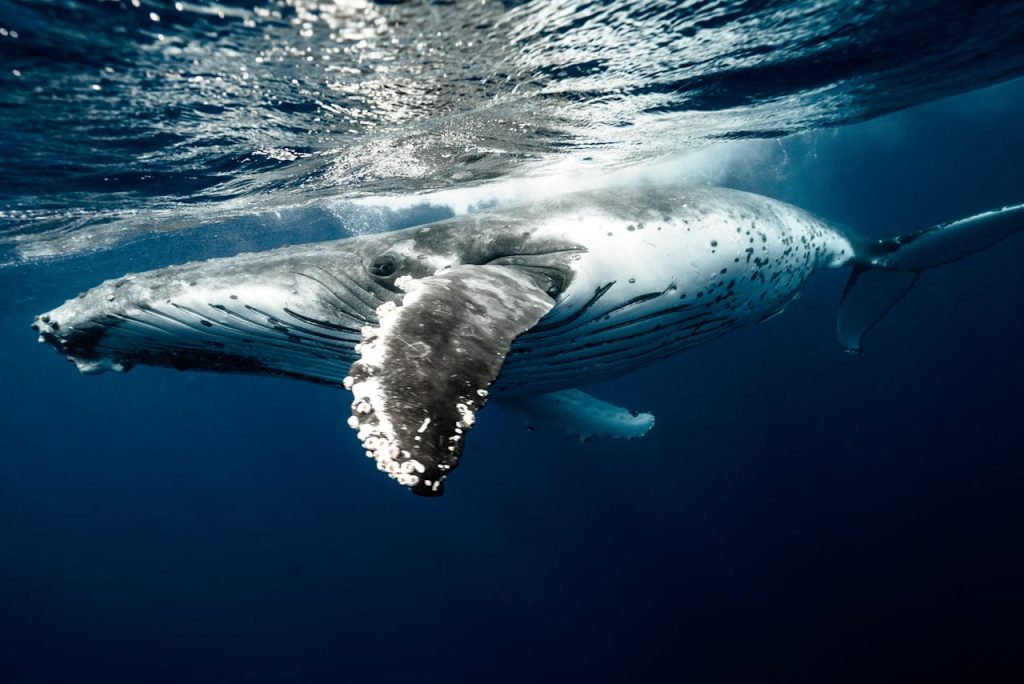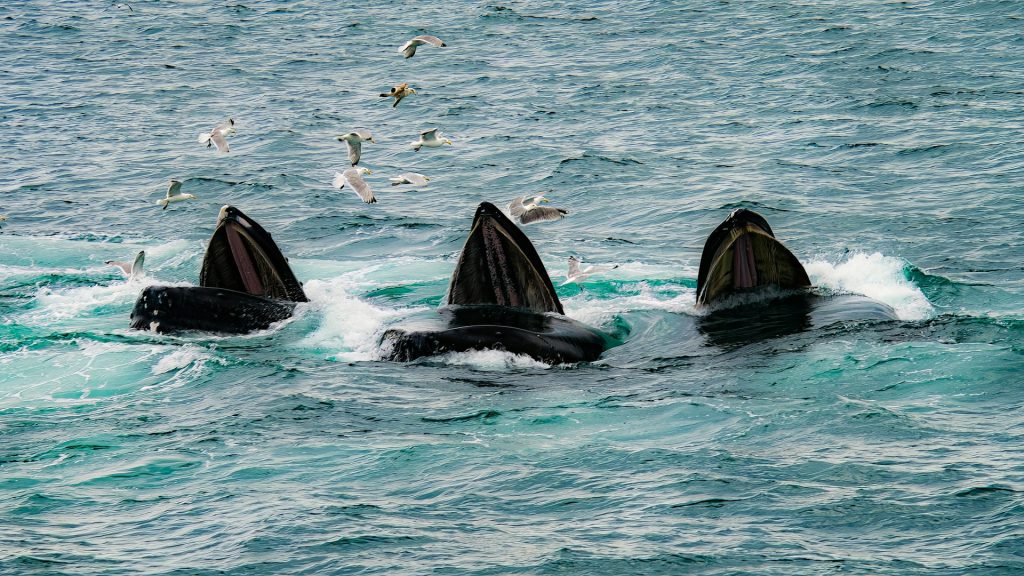Humpback whales, the marine mammal giants of the ocean, travel annually in their thousands from the Antarctic to Kenya to breed and have their calves. Few tourists associate Kenya with marine life or dolphin watching, but the country does have an active and growing dolphin-watching industry and a burgeoning whale-watching industry.
Kenya is best known for its terrestrial wildlife – a dream destination for safaris to see the ‘Big 5’ in the iconic landscape of savannah lands dotted with Acacia trees. Wildlife enthusiasts travelling to Kenya for holiday love sampling safari and have always been keen to sample the Great Migration, where sights of hundreds of herds of wildebeest thundering over the plains from Tanzania to Kenya roam the wild freely.
About the humpback whales

Humpback whales, the marine mammal giants of the ocean, 15 metres in length and 30 tonnes in weight, travel annually in their thousands from the Antarctic to Kenya to breed and have their calves in Kenya’s safe tropical waters. They can be seen in the Watamu Protected Area on the Kenyan Coast and several other whale species.
Over recent years, Kenya has been recording new species with some apparently on the increase. The Kenya Marine Mammal Network (KMMN) database is run by scientists at Watamu Marine Association (WMA) and Global Vision International (GVI) with KWS in Watamu and Kisite National Marine Parks and Reserves who record the hotspots for Kenya. This information is not only important to conservation but also to attract visitors such as you to the Kenyan coast with the migrations of humpback whales, and the occasional sightings of killer whales, sperm whales, and Bryde’s whales too.
The Whales Migration
Every year, humpback whales migrate from Antarctica to warmer climates, congregating in Kenyan waters between July and August to calve and mate. It is believed that they travel to warm tropical inner reefs for protection to enable them to breed and give birth to their calves, which remain with the mothers for about two years until weaned. They then make the return journey in October, swimming over 4,000km to the cold food-rich seas of Antarctica, their main feeding area.
This period coincides with the wildebeest migration in Serengeti and Maasai Mara. Both migrations peak between July and September, which means that Kenya hosts the “Twin Migration”, a unique wildlife phenomenon, incorporating both savannah and sea safaris.
Where to Watch the Whales Migration in Kenya

One of the best places to see whales is the Malindi-Watamu Marine National Reserve, where Watamu Marine Association (WMA) has studied dolphins and whales since 2011.
The humpback whales have grabbed the attention of Kenyans and overseas visitors, as they are among the most acrobatic of whales, and spend time leaping or ‘breaching’ to communicate, playing, or giving themselves a mini spa to remove unwanted skin parasites.
Whale-watching is a waiting game. It can take more than four hours or the whole afternoon at sea, where tourists watch vigilantly to catch a glimpse of the serenaders, especially if they sing to attract the opposite sex.
Jane Spilsbury of Watamu Marine Association is excited that whale watching on the Kenyan coast is gaining more following. She says although the whales seem to congregate most in Watamu, they can also be seen in Lamu, Kilifi, Diani, and Shimoni.
Beyond the excursions, research programmes are underway to document the humpbacks of Kenya and the potential of whale watching as an exciting new eco-tourism activity.
A guest to Hemingways Watamu once described the experience; “more exciting than great white shark watching in South Africa” and “observing these magnificent animals with young calves erupting like missiles out of the water is a natural beauty to behold.”
Let us plan your unforgettable safari
Do you want to spot the humpback whales migration in Watamu? Would you want to combine both Kenya’s Wildebeest Migration and the Humpback Whale Migration Tour? Contact Us for more information or help with planning your African Safari.





